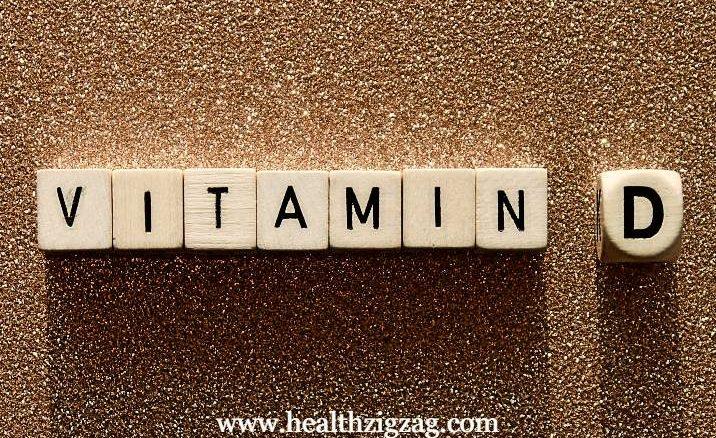
Contents
Vitamin D deficit has been known for a long time; however, it has gained greater concern and interest in recent times and, in particular, when it occurs in children.
Research on vitamin D has had a growing role lately; in particular, associated with the study of diseases that, in addition to their alterations, are accompanied by vitamin D deficiency in children.
Being a growing problem, it requires the search of a considerable number of investigations. However, what seems clear is that the issue arouses great attention, but it is also a source of controversy. The specialists do not agree on when to request vitamin D tests and when to supplement, if necessary.
What do we call vitamin D deficit?
Vitamin D deficiency is called the lack of the amount of vitamin D required to be healthy. In this sense, vitamin D plays an important role in our body: in the nervous, muscular and immune system, among others.
Likewise, vitamin D facilitates the body’s absorption of calcium, which is both an essential component of the bones. Therefore, vitamin D prevents osteopenia, which sometimes occurs in premature babies, according to data from the US National Health Library.
Sources of vitamin D
To avoid vitamin D deficiency in children, it is important to know some of its sources of obtaining. Vitamin D can come from different sources:
- Through the skin.
- With diet and supplements.
While the body produces vitamin D naturally after exposure to sunlight, the problem is that excessive exposure and at inappropriate times can cause skin aging and skin cancer.
Vitamin D deficit and fear of rickets
Rickets is a condition that occurs when bones are softened in growing children. It happens when the bones cannot absorb enough calcium and phosphorus to make healthy and strong bones. Although there are genetic and metabolic causes for rickets, the most common cause is a deficiency of vitamin D and is also known as nutritional rickets.
-American Academy of Pediatrics-
In this sense, from that scientific society, they warn that babies who are breastfed and who do not consume additional vitamin D are at the highest risk. The risk is even greater if the baby’s mother also suffers from vitamin D deficiency.
Excess vitamin D: a problem to consider
According to information from the website of the US National Library of Medicine, obtaining too much vitamin D can also be harmful to our body. It is what is known as vitamin D toxicity.
The signs of vitamin D toxicity include, among others:
- Nausea
- Vomiting
- Lack of appetite
- Constipation
- Weakness
- Weight loss
Excess vitamin D can also affect badly the kidneys. Too much of this vitamin also increases the level of calcium in the blood. The high levels of calcium in the blood, called hypercalcemia, can cause confusion, disorientation and heart rhythm problems.
At the same time, researchers from the Drug and Therapeutics Committee, Lawson Wilkins Pediatric Endocrine Society establish that it is necessary to review our knowledge about vitamin D sources; both from natural sources, and from those that are not. Also, we must know the mechanisms by which you can optimize the synthesis and ingestion of this vitamin.
The Bottom Line
It is important to meet the demand for the needs of vitamin D measured in international units. For this, it is essential not to resort to self-administration, but professional advice and guidance.
Bear in mind that it can be so harmful not to cover the needs, as to do it in excess.
It is important to find a proper balance between taking risks without sun and getting adequate amounts of vitamin D.
If you have any doubt, consult your doctor. Published By Healthzigzag.com
Read Also: Anxiety or panic in children: How can it be overcome?




